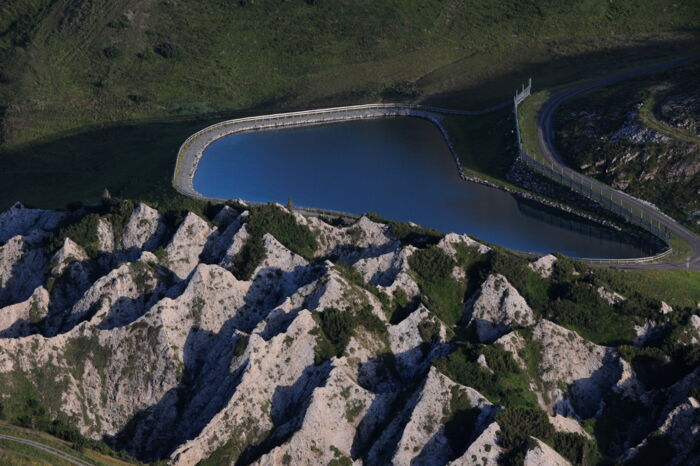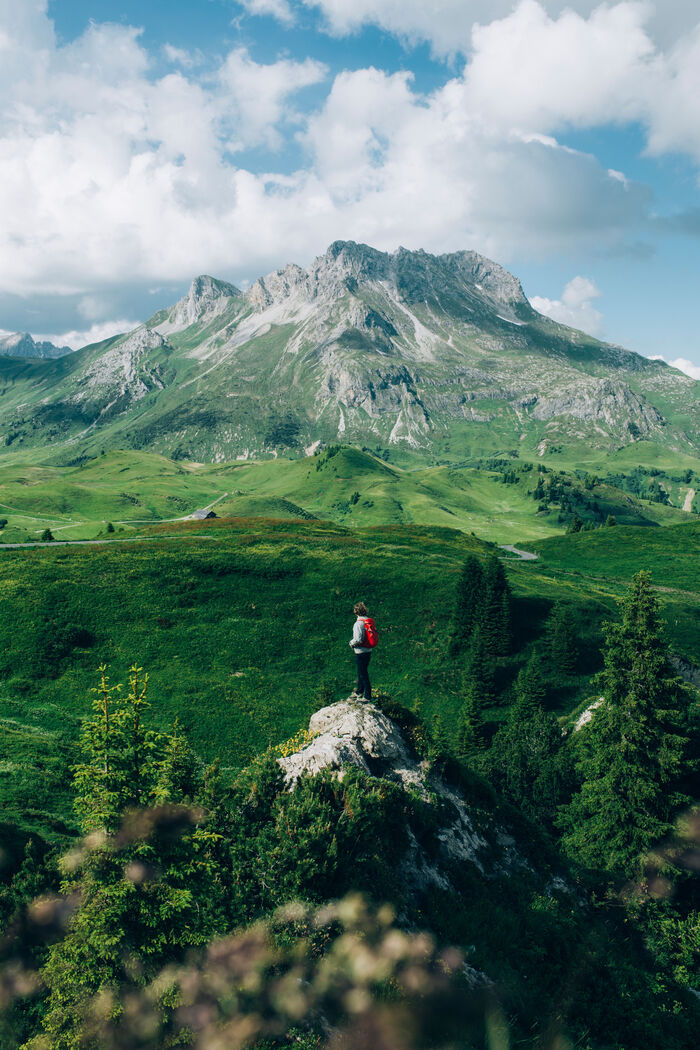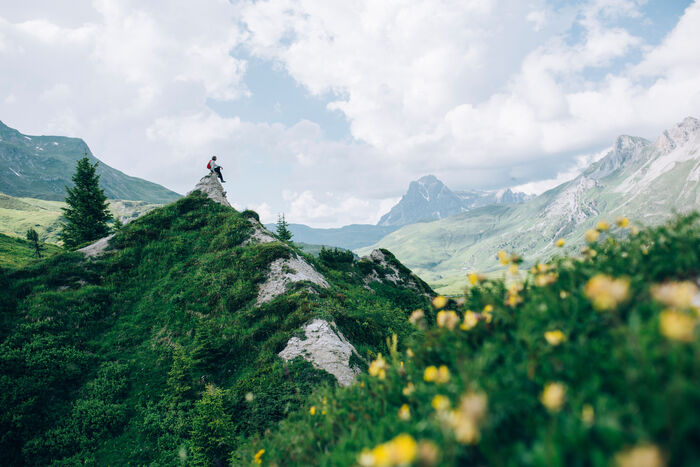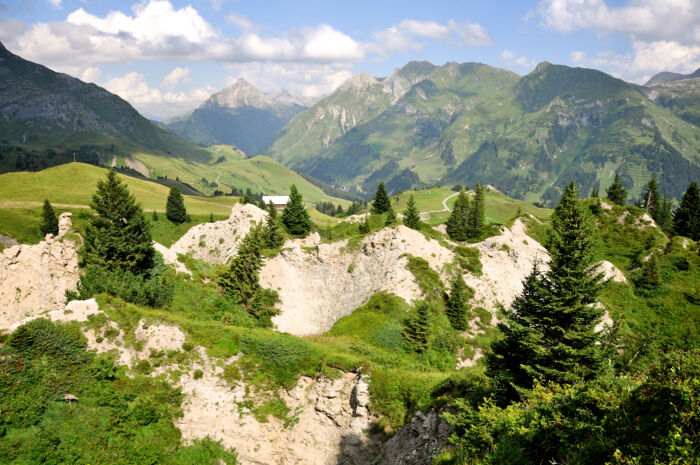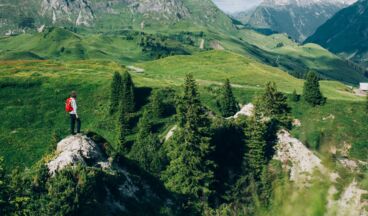Whether in summer or winter, in light fog or sunshine, the gypsum holes attract everyone's attention. Depending on the light, the deep craters appear somewhat mysterious, while the diverse array of flowers enchants all nature lovers. Not only geologists, but also curious children will be thrilled by this excursion.
To ensure that the beauty can be preserved for a long time to come and that both the native animals and the numerous plants do not lose their habitat, the gypsum holes have been declared a nature reserve.
But how did the gypsum holes actually come into being and what are these sinkholes that everyone is always talking about?
Gypsum holes in a nutshell
Consist of over 1,000 sinkholes of various sizes
The largest sinkhole is approximately 35 meters deep and has a diameter of 100 meters
Nature reserve since 1988
What exactly are sinkholes?
Sinkholes are a geological feature. They are also called karst funnels, which gives us an indication of how they are formed. Chemical weathering allows carbonic acid to dissolve the rock underground, creating cavities. The funnel shape allows water to penetrate deep into the ground, gradually dissolving the rock. When the cavities are large enough, the layer of earth above collapses and hollows become visible on the surface. These are then referred to as sinkholes.
On the hiking trail through the gypsum holes, you can immerse yourself in this unique world. After just a few meters, the changes are visible and the special nature of the landscape comes into its own.
Where does the name “gypsum holes" (Gipslöcher) originate?
The gypsum holes are impressive sinkholes, some of which are very large. They were formed by the dissolution of gypsum in the subsoil. The landscape we can marvel at today is the result of water movement and erosion over thousands of years. The landscape will continue to change in the future as weathering progresses.
Why are gypsum holes so special?
The gypsum holes in Oberlech are impressively large thanks to over 1,000 sinkholes. The largest sinkhole measures around 100 meters in diameter and has an impressive depth of almost 35 meters. The so-called lower gypsum holes are easily accessible for all hiking enthusiasts and ideal for a varied family hike.
With a little luck, particularly observant explorers may also spot a groundhog or two. These small animals with their characteristic whistles feel particularly at home in the varied landscape.
In addition to the impressive craters, you can also enjoy the magnificent mountain panorama of the Arlberg region to the fullest and in complete peace and quiet. Recharge your batteries in nature, create wonderful memories with your family, and discover something new on every hike—the gypsum holes make all this possible.
Diversity of plants at over 1,700 meters
When hiking along the trail through the gypsum holes, all nature lovers will be amazed. In addition to the usual alpine plant diversity, true flower experts can also identify different orchid species. The alpine flora always spoils us with colorful variety and new impressions, even if you have walked the route many times before.
Very important: the gypsum holes have been a nature reserve since 1988, so please stay on the marked routes. As wonderful as the various orchids and other plants are in bloom, please do not pick any flowers and take them home with you. If we all take care of our natural environment together, we can all continue to enjoy it for a long time to come.


